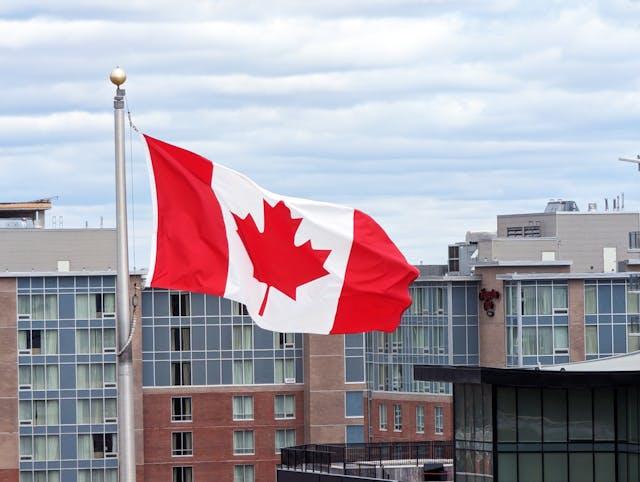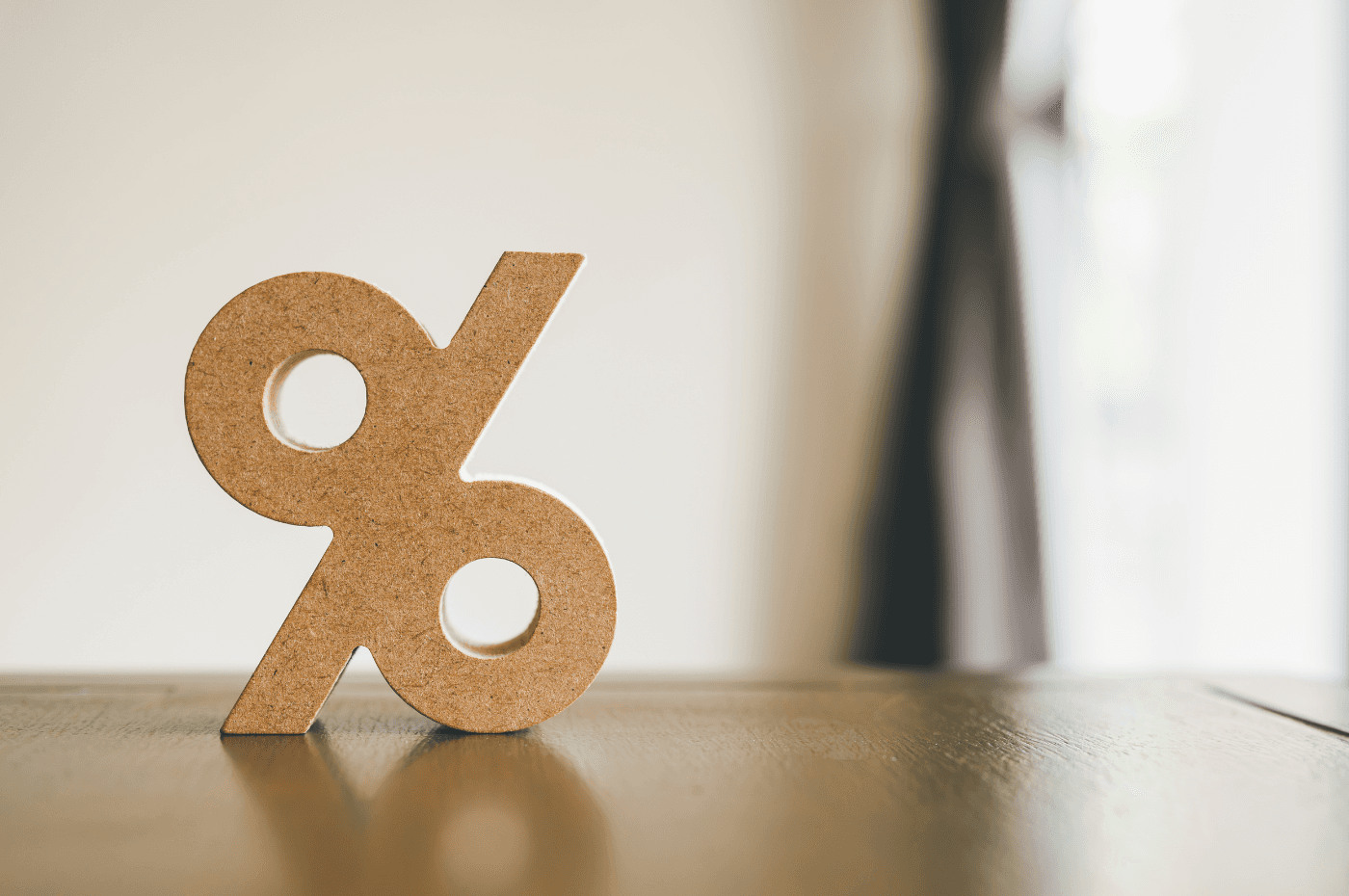If you're thinking about getting a variable-rate mortgage, you'll likely hear a lot about the prime rate. Banks use this benchmark to set the interest rate they offer you.
To fully understand your loan terms and the factors that affect them, it's essential to understand how the prime rate is determined and how it works. That's why we're providing you with a clear overview today.
What is the prime rate (or base rate)?
The prime rate is the base rate that financial institutions use to determine the interest rates they offer to individuals and businesses seeking financing. It directly affects credit products, variable-rate loans, lines of credit, and variable-rate mortgages.
In simpler terms, it serves as the reference point for financial institutions to set the rates they offer to clients. The actual rates provided are generally higher than the prime rate.
Understanding the prime rate can help you assess whether the loan terms offered by your bank are favourable or less competitive.

Posted rate vs. prime rate: what’s the difference?
It's important to distinguish between the posted rate and the prime rate. The posted rate refers to the interest rate banks advertise to their clients, such as the one displayed on their website.
The posted rate is typically higher than the prime rate, reflecting the margin lenders add for providing the financing. However, in some cases, the posted rate may be lower than the prime rate. The difference between the two rates is usually a few percentage points.
For example, if a bank's prime rate is 5.3%, the posted rate for a variable-rate mortgage might be 6.3%.
What is the current prime rate of the major banks?
Did you know that it's easy to check the prime interest rate of Canada's six major-chartered banks? These banks include:
-
National Bank of Canada (BNC)
-
Royal Bank of Canada (RBC)
-
Scotiabank
-
BMO
-
CIBC
-
TD
The Bank of Canada provides weekly updates on the prime rate, which can be found on their website.
As of March 2025, the prime rate of the major chartered banks is 4.95%.
How is the prime rate determined?
In Canada, each financial institution sets its own prime rate. While the six major banks typically adopt the same rate, they may still offer different loan conditions to their clients.
Three key factors influence the prime rate:
-
The Bank of Canada’s key interest rate: This is the central rate set by the Bank of Canada, which guides the interest rates across the economy.
-
The discount rate: This is the rate at which commercial banks can borrow from the Bank of Canada, which also impacts the prime rate.
-
The bank’s margin: Each financial institution adds its own margin on top of the key interest rates to account for its operating costs and profit margin.

1. The Bank of Canada’s key interest rate
The first factor that influences the prime rate is the Bank of Canada’s key interest rate, also known as the target overnight rate. This is the rate at which financial institutions lend funds to each other for one day. It is influenced by several factors, including the country’s economic conditions and inflation levels.
The Bank of Canada announces the current key interest rate eight times a year on pre-scheduled dates. During these announcements, the Bank may decide to raise, lower, or maintain the rate, depending on the economic situation.
Fluctuations in the key interest rate directly impact the prime rates of banks. Whenever the key rate is adjusted, either upward or downward, the discount rate changes as well, which in turn affects the prime interest rate.
2. The discount rate
The discount rate also plays a role in determining the prime rate. This is the rate at which financial institutions borrow from the Bank of Canada for one day. Typically, the discount rate is set 0.25% higher than the key interest rate.
3. The bank’s margin
After considering the key interest rate and the discount rate, the bank adds its own margin to set the prime rate. While there are no specific rules for determining this margin, it has generally been around 2% in recent years.

How is the variable interest rate calculated?
The variable interest rate offered by banks for loans, including mortgages, is directly linked to the prime rate. It can be calculated as follows:
Variable rate = prime rate + (or -) bank margin
This means the variable rate for a mortgage moves in tandem with the prime rate. When the prime rate changes, the variable rate will adjust accordingly. For example:
-
If the bank offers a variable rate at the prime rate of 4.8%, plus a margin of 1.25%, the total rate would be 6.05%.
-
If the prime rate then increases to 5.3% the following month, the variable rate would rise to 6.55%.
As the prime rate increases, usually due to adjustments in the key interest rate or the discount rate, the interest rates on loans offered by financial institutions also rise. This means borrowers will pay a higher proportion of interest.
Before setting the rate for an individual or business, the financial institution evaluates the client’s profile to determine the margin it will charge.
What about fixed-rate loans?
Unlike variable-rate loans, fixed-rate loans are not influenced by the prime rate. Instead, they are primarily affected by bond yields, which are determined by the market. Bond yields are influenced by a variety of factors, including employment levels, inflation, consumer confidence, and other economic indicators.
To determine the best rate for your situation, it’s important to consider several factors, such as current economic conditions and your personal financial situation. A mortgage broker can offer valuable advice and help you decide which type of loan and interest rate would be most suitable for your circumstances.
Are you looking to secure a mortgage loan?
XpertSource.com can help you in your efforts to find a mortgage broker. By telling us about your project, we will refer you to top-rated experts, free of charge! Simply fill out the form (it only takes 2 minutes) and you will be put in contact with the right experts.





